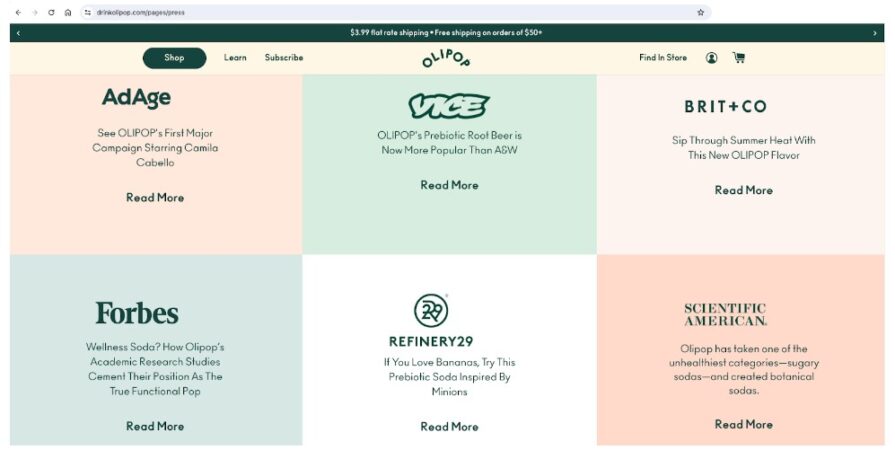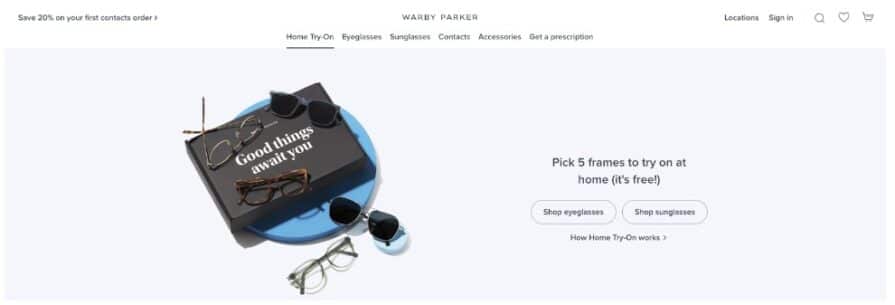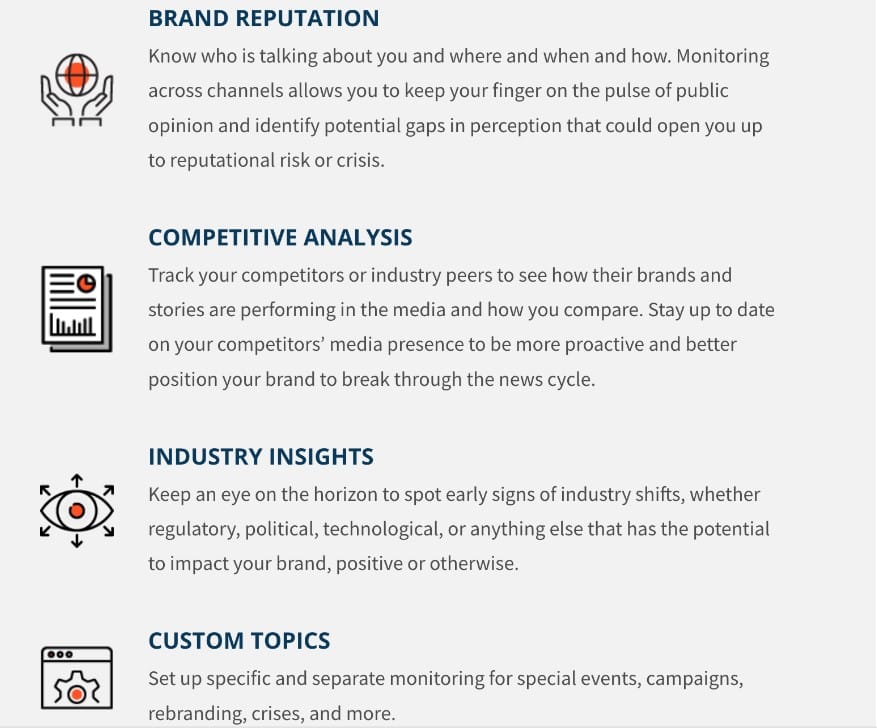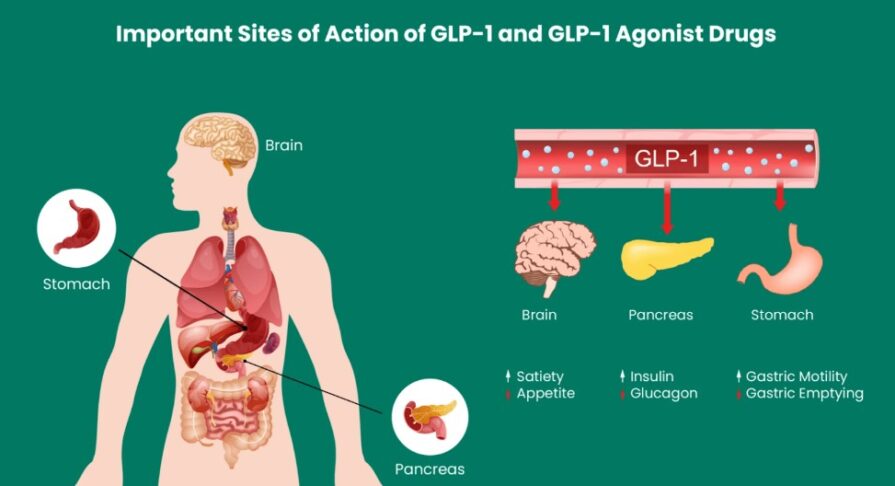Successfully launching a business demands more than just a great product or service—it requires a compelling narrative that resonates with your target audience.
A well-crafted story differentiates your brand and creates a deeper connection with customers, investors, and the media.
Integrating advanced public relations strategies from the outset is vital to ensure your message is heard loud and clear.
These strategies can amplify your visibility, build credibility, and create a lasting impact that goes beyond traditional advertising efforts.
In this blog, we’ll cover everything you need to know about crafting advanced PR strategies for your new business.
Step 1: Understand your core message
Start by defining your core message.
A core message should be at the heart of your brand’s narrative. You should outline what you stand for and why it matters.
To begin identifying and refining your business’s core message, examine your mission, vision, and the unique benefits you provide.
There’s a reason these elements are in every business plan template. The small details matter. So, consider what separates you and how your offerings improve your target markets’ lives.
Next, refine this message by making it concise, memorable, and impactful.
Aligning your core message with your target audience’s values and needs is key. This involves understanding their challenges, desires, and behaviors.
Tailor your message to speak directly to them, demonstrating that you understand their needs and are the solution they’ve been searching for. This alignment makes your message more persuasive and your brand more compelling.
Take an informational blog post from Henry Meds, for example. It’s an insightful article discussing the best approach to incorporating semaglutide (a medication known for its effectiveness in managing diabetes) into a daily routine—whether through pills or injections.
Their article, semaglutide pills vs. injection, not only provides valuable information for individuals managing diabetes but also serves as a testament to the importance of clear and informed communication. It shows they’ve taken their audience’s needs into account.
Using visuals also helps communicate key concepts and ideas.
Having a clear core message also allows for setting precise objectives for PR campaigns and measuring their return on investment more effectively, enabling data-driven adjustments to strategies.
Step 2: Build your PR toolkit
Any solid PR strategy should include a variety of resources tailored to enhance visibility, engage with audiences, and manage relationships with the media effectively.
Key components include a dynamic press kit, which serves as a snapshot of your business, highlighting its history, achievements, and unique selling propositions.
It should be visually engaging, concise, and packed with compelling content that tells your brand’s story to ensure your press kit stands out. Within it, consider including:
- Press releases that showcase your milestones
- Biographies of key team members
- High-quality images
Here’s an example from the healthy soda brand Olipop, which focuses on highlighting press releases in top publications on its press landing page.

That’s one simple example of many. You can host your PR toolkit within your website, or you can create downloadable content such as PDFs.
When you go this route, consider using expert proofreading services like Wordvice to ensure meticulous attention to grammar, style, and coherence.
Think of it as another way to protect your assets from lawsuits. Proactive asset protection shields your business from financial risks and legal liabilities, minimizing reputational damage and enabling confident growth through strategic PR campaigns.
Moving on—the communication strategy behind your press kit is equally as important as its content and design.
Identify and target media outlets, journalists, and influencers who cover your industry and could be interested in your story.
Email remains a preferred method for sending press kits, allowing for personalization in your outreach messages that can make a difference in catching a recipient’s interest.
When sending out your press kit, accompany it with a personalized pitch highlighting why your story is relevant to the recipient and their audience.
Direct-to-consumer mattress company Casper effectively engages with tech and lifestyle media by sending out press kits that include their product, leading to widespread coverage in top-tier publications.
This approach resulted in immediate visibility and established authentic media relationships with notable journalists.
This personalized approach increases the chances of your press kit being noticed and fosters positive relationships with key media contacts, laying the foundation for future interactions and coverage.
Step 3: Create a social media strategy
Social media has changed how businesses approach public relations, specifically in brand storytelling, audience engagement, and brand visibility.
By creating authentic content that resonates with followers, businesses can build a loyal community, enhance brand loyalty, and even turn customers into brand advocates.
Social media significantly helps a business grow, often at a fraction of the cost of traditional advertising.
Let’s take a look at some examples.
Beauty startup Glossier tapped into the power of influencer marketing by sending early product samples to industry influencers who shared them across their social media channels.
As a result, it secured authentic endorsements that reached wide audiences and added credibility to its brand at launch. Now, the brand is valued at over $1 billion.

Similarly, Warby Parker, a then-startup eyewear brand, disrupted the market by offering an online try-at-home program.

Through a clever campaign encouraging customers to share social media posts wearing their frames with a specific hashtag, Warby Parker generated buzz and built a community of brand enthusiasts eager to share their experiences.
This grassroots approach helped them gain visibility without needing a hefty marketing budget.
Step 4: Prioritize brand storytelling
Crafting and telling a compelling story is crucial for startups aiming to capture attention and connect with their audience on a deeper level.
Effective storytelling involves weaving your brand’s values, mission, and unique selling propositions into narratives that resonate with your audience.
Consistency in messaging across different platforms ensures that your story remains coherent, whether it’s shared on social media, your website, or through email marketing, reinforcing your brand identity at every touchpoint.
Fintech startup Mint used storytelling to demystify personal finance management, sharing relatable stories of financial success and challenges that resonated with a broad audience, ultimately leading to its rapid growth and acquisition by Intuit.
The ethical fashion brand Everlane has mastered the art of storytelling by focusing on transparency and consistently sharing its products’ detailed origins and manufacturing processes across platforms, thereby building trust and loyalty among consumers.

These examples underpin how effective storytelling and consistent messaging can engage audiences, build brand loyalty, and drive success for startups.
Step 5: Invest in media monitoring
Media monitoring is a proactive approach that allows you to track mentions of your brand across various news sources, including online publications, blogs, social media engagement, and traditional press.
By doing so, you gain real-time insights into how your brand is being discussed, which topics or campaigns resonate with your audience, and potentially identify any emerging issues or negative sentiments that must be addressed promptly.
With social listening tools at the helm of media monitoring, you can uncover further engagement and relationship-building opportunities with journalists, influencers, and key stakeholders interested in your brand or industry.
These media monitoring tools cover everything you need in your PR journey.

For new businesses, this can mean identifying the right moments to pitch stories and contribute to relevant discussions.
Wrapping up
It’s crucial to see PR as a long game, not a one-time activity. It’s a continuous process that builds and maintains your brand’s reputation over time.
By integrating PR into your daily operations, staying responsive to changes in public perception, and consistently engaging with your audience and the media, you can ensure your brand remains relevant.
Remember, the landscape of public opinion and media is ever-changing, as should your PR strategies.
Continuous monitoring, adapting, and innovating in your PR efforts will enhance your brand’s visibility and foster trust and loyalty among your audience.
Start embracing PR as an integral, enduring part of your business’s growth and success story, keeping in mind that every interaction and story told is an opportunity to reinforce your brand’s values and mission.


 (
( (
(





